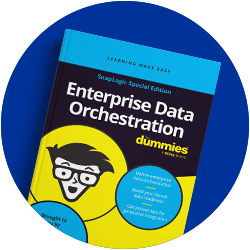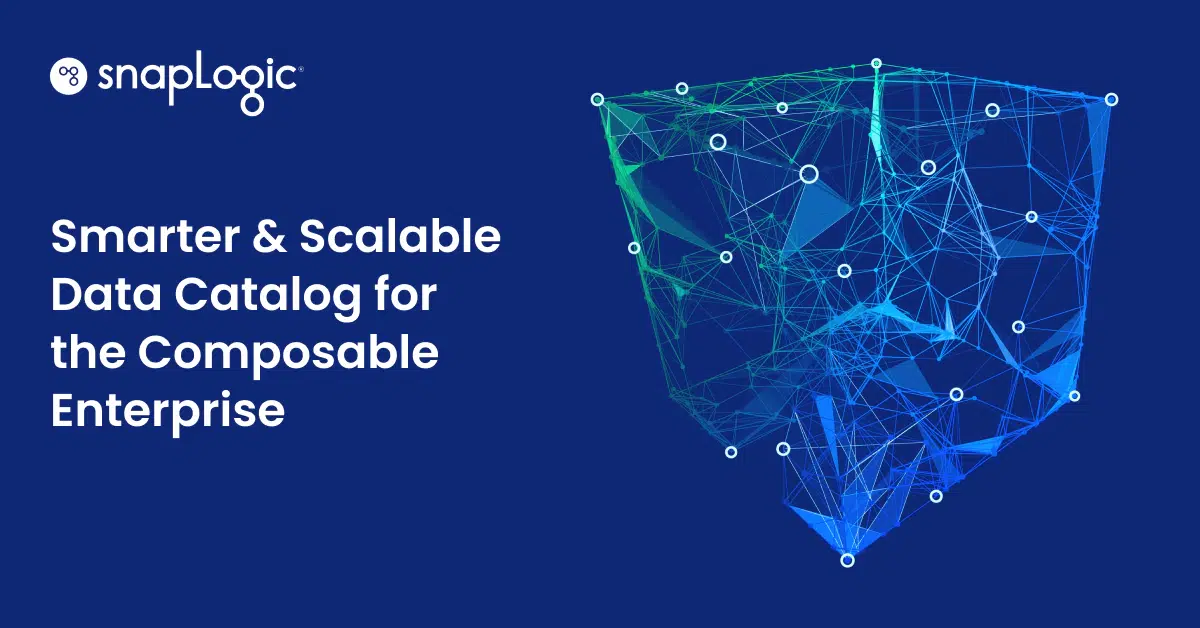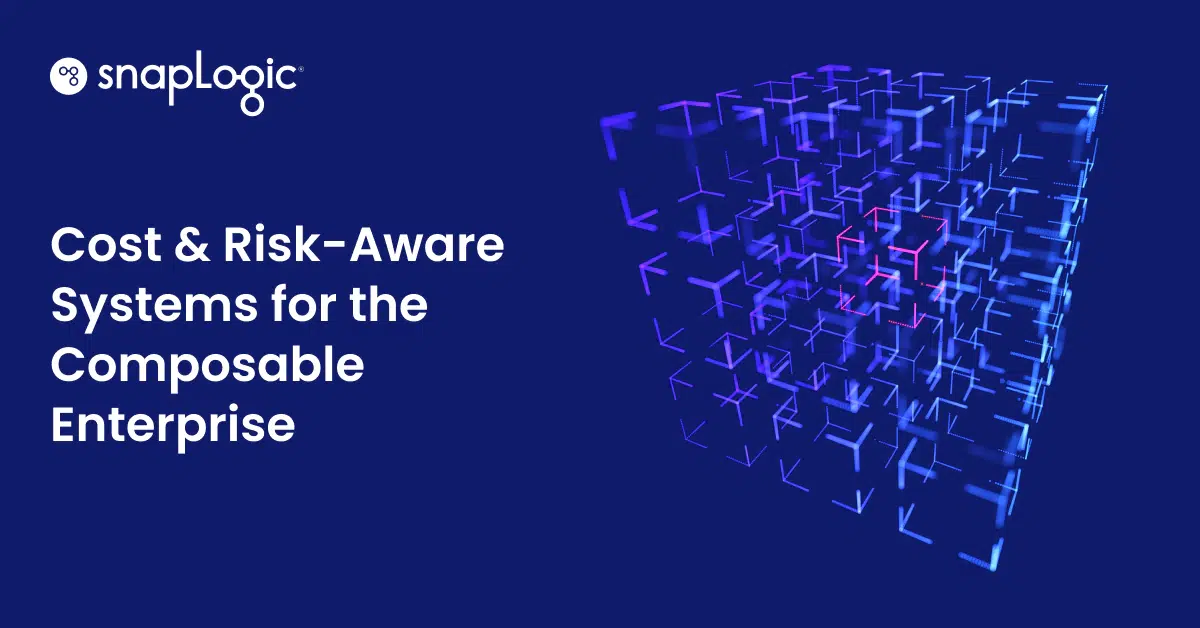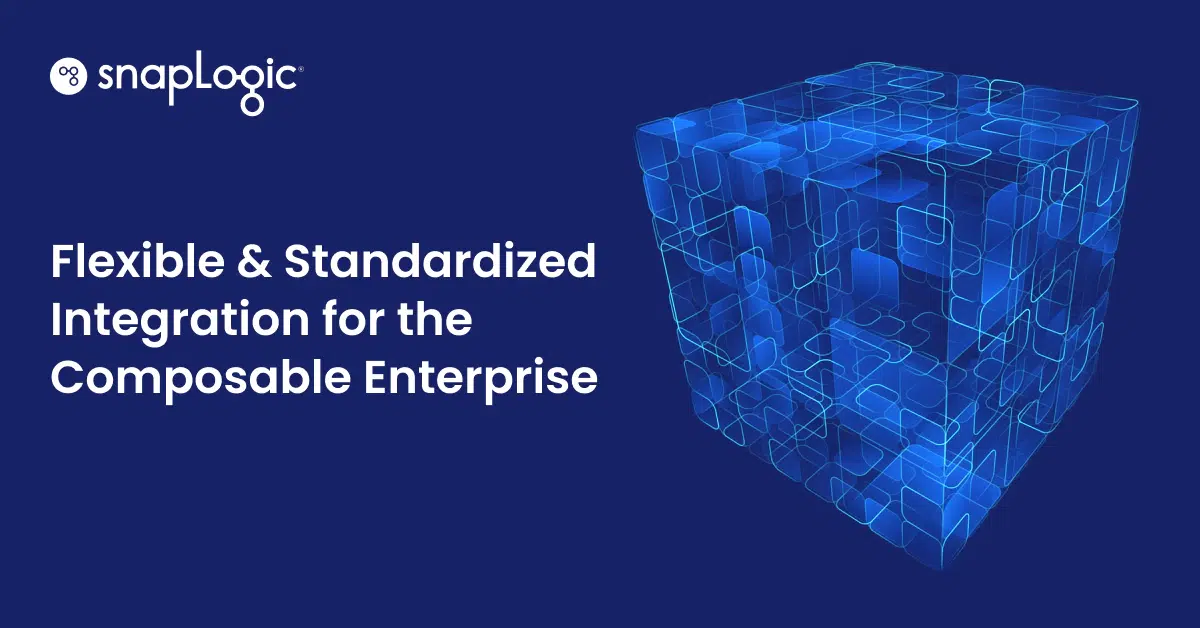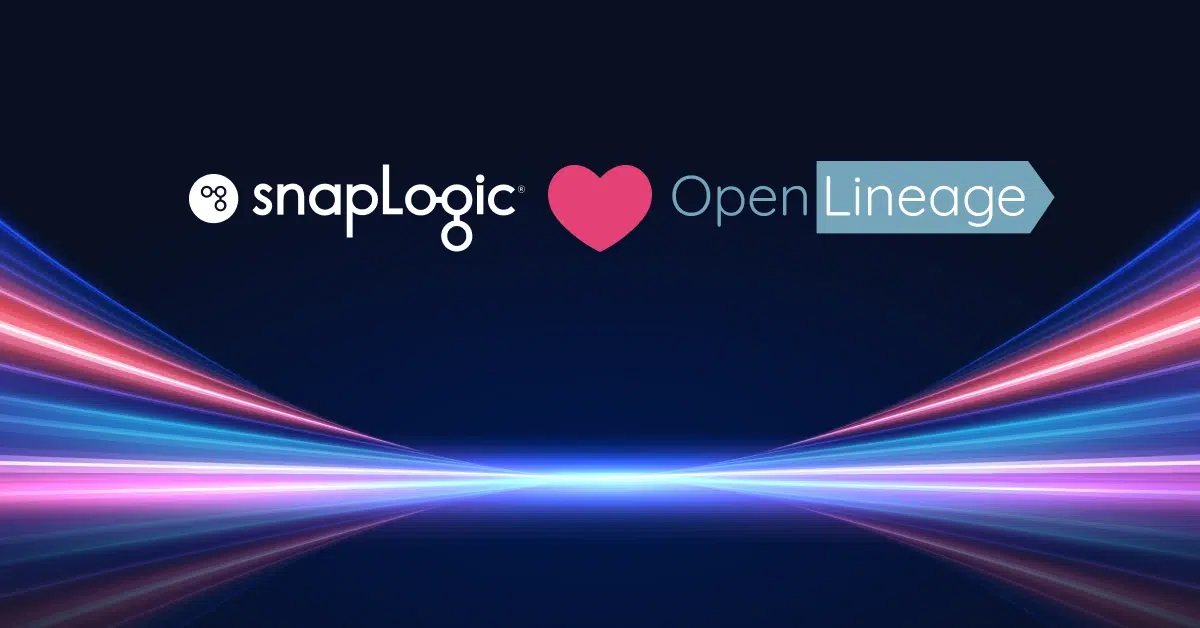Die meisten Unternehmen behandeln Datenkataloge wie digitale Aktenschränke. Nur eine Liste von Datensätzen, Pipelines und API-Assets. Doch in der heutigen KI-gesteuerten Welt reicht es nicht mehr aus, nur zu wissen, was man hat.
Um mit dem Tempo des Wandels mithalten zu können, müssen Sie wissen, wie alles zusammenhängt, was gefährdet ist und wo Chancen liegen. An dieser Stelle kommt ein moderner Datenkatalog ins Spiel - nicht als statisches Inventar, sondern als dynamische, intelligente Grundlage für das Composable Enterprise.
Durch das Hinzufügen von Wissensgraphen, Abstammung und Metadatenanreicherung kann sich ein Datenkatalog zu einem echten CIO-Kopiloten entwickeln: Er bietet einen tiefen Einblick in die Datenbewegungen, ihre Bedeutung und ihre Auswirkungen auf die Systeme und Teams, die auf sie angewiesen sind.
Von Listen zu Intelligenz: Der Wandel der Datenkatalogstrategie
Herkömmliche Datenkataloge konzentrieren sich auf die Indizierung von Assets wie Pipelines, Datensätze und APIs, ohne den Kontext ihrer Verwendung oder Verbindung zu liefern. Dieser Ansatz lässt IT-Teams im Dunkeln tappen, wenn es darum geht, Architekturentscheidungen zu treffen, Änderungen zu verwalten oder Datenqualitätsprobleme zu erkennen.
Das Unternehmen von heute verlangt etwas mehr.
Ein moderner Katalog, der durch Wissensgraphen und Lineage Tracking unterstützt wird, dokumentiert nicht nur, was vorhanden ist, sondern zeigt auch, wie alles zusammenhängt. Diese umfassendere, beziehungsorientierte Sichtweise verwandelt den Katalog in ein strategisches Werkzeug für die Architekturplanung, Betriebsoptimierung und KI-Bereitschaft.
Was macht einen Katalog intelligenter?
SnapLogic baut diese Grundlage der nächsten Generation direkt in unsere einheitliche Plattform ein, so dass die Kunden davon profitieren können:
1. Wissensgraphen
Ermitteln Sie automatisch die Beziehungen zwischen Datensätzen, Pipelines, Systemen und Nutzern und zeigen Sie diese auf. Sie verwalten nicht mehr nur Pipelines - Sie sehen, wer sie nutzt, was sie berühren und wie sie sich im Laufe der Zeit entwickeln.
Beispiel: Eine Pipeline, die früher 30 Sekunden brauchte, benötigt jetzt drei Minuten. Mit Hilfe des Wissensgraphen lässt sich feststellen, dass die Verlangsamung nachgelagerte ML-Modelle und Executive Dashboards beeinträchtigt - ein "Eisberg"-Risiko, das andernfalls unbemerkt bleiben könnte.
2. Abstammungskartierung
Verfolgen Sie Daten von der Aufnahme über die Umwandlung bis hin zur Veröffentlichung. Dies ermöglicht eine Analyse der Auswirkungen in Echtzeit: Was passiert, wenn sich dieses Schema ändert? Welche Pipelines hängen von diesem Asset ab? Gibt es Duplikate?
Beispiel: Ein Unternehmen, das eine Änderung an einem zentralen Kundendatenschema plante, nutzte die Abstammung, um sieben abhängige Pipelines in den Bereichen Marketing, Kundenerfolg und Finanzen zu identifizieren. Dank dieser Erkenntnisse konnten die Aktualisierungen proaktiv koordiniert werden, wodurch Unterbrechungen vermieden und die Produktionszeiten verkürzt wurden.
3. Benutzerdefinierte Metadaten
Geben Sie Geschäfts- und IT-Benutzern die Möglichkeit, Assets mit wichtigem Kontext zu kennzeichnen, z. B. mit Pipeline-Eigentümern, Go-Live-Terminen oder Leistungs-SLAs. Anstatt diese Daten in Tabellen zu verwalten, erhalten die Teams eine aktuelle, durchsuchbare Quelle der Wahrheit darüber, wie die Systeme funktionieren.
Beispiel: Ein Gesundheitsdienstleister verfolgte mithilfe benutzerdefinierter Metadaten die Starttermine und Ausführungszahlen von Pipelines. Auf diese Weise konnte schnell festgestellt werden, welche Datenströme nicht ausgelastet waren, welche optimiert werden mussten und welche geschäftskritisch geworden waren, wodurch die fehleranfällige manuelle Nachverfolgung mit Tabellenkalkulationen überflüssig wurde.
Der Copilot des CIO für strategische Entscheidungen
Dieser intelligentere Katalog informiert nicht nur, er leitet auch an.
Mit dem Ansatz von SnapLogic können IT-Führungskräfte und CIOs auf ein dynamisches Dashboard zugreifen, auf dem sie hochrangige Fragen stellen und strategische Einblicke erhalten können:
- Wie groß ist unser Nutzungsumfang in wichtigen Systemen wie Salesforce oder Snowflake?
- Wie viele Daten werden bewegt, wie oft und von wem?
- Welche Änderungen wirken sich auf die Leistung oder Zuverlässigkeit aus?
Dies ermöglicht proaktive Entscheidungen, die die Leistung verbessern, Kosten verwalten und architektonische Risiken reduzieren, ohne auf eine Krise oder einen Quartalsbericht zu warten.
Grundlage für das agenturische Zeitalter
Im Zeitalter von KI-Agenten und autonomen Arbeitsabläufen werden umfangreiche Metadaten unerlässlich. Diese intelligenten Systeme müssen nicht nur wissen, welche Daten verfügbar sind, sondern auch, was sie bedeuten, woher sie stammen und wer auf sie zugreifen soll.
Die Plattform von SnapLogic nutzt diese Metadatenschicht, um KI-gesteuerte Funktionen wie z. B:
- SnapGPT: Eine Konversationsschnittstelle für die Erstellung und Verwaltung von Integrationen mit natürlicher Sprache.
- AgentCreator: Tools zum Entwerfen und Bereitstellen benutzerdefinierter KI-Agenten, die über Anwendungen und Datenquellen hinweg agieren.
Wissensgraphen und Abstammungslinien machen diese Werkzeuge intelligenter und geben der KI den Kontext, den sie braucht, um sichere, fundierte Maßnahmen zu ergreifen.
Ein Beispiel aus der Praxis: Von der manuellen Verfolgung zum metadatengestützten Einblick
Ein SnapLogic-Kunde hatte Pipeline-Leistungsdaten aus Tabellenkalkulationen manuell synchronisiert, um Nutzungstrends nach dem Go-Live zu verstehen. Durch die Anreicherung des Katalogs mit benutzerdefinierten Metadaten und Ausführungsstatistiken in Echtzeit entfiel dieser manuelle Aufwand, und es wurden tiefere Einblicke in die Pipelines gewonnen, die unterdurchschnittlich arbeiteten oder Arbeit duplizierten.
Das Ergebnis? Schnellere Problemlösung, bessere Ressourcenzuweisung und eine solidere Grundlage für Governance und Innovation.
Ermöglichung des kompatiblen Unternehmens
Ein intelligenter Datenkatalog unterstützt nicht nur bessere Entscheidungen, er beschleunigt auch die Innovation.
Durch das Abbilden von Beziehungen und das Aufzeigen der Abstammung können Unternehmen Systeme einfacher als wiederverwendbare, modulare Komponenten verwalten. Das ist die Essenz des Composable Enterprise: Flexibilität, Wiederverwendung und Geschwindigkeit.
Die einheitliche Plattform von SnapLogic verwandelt Ihren Asset-Katalog in einen Motor der Agilität. Mit all Ihren Daten, Anwendungen und APIs unter einem Dach - und einer umfangreichen Metadatenschicht, die sie miteinander verbindet - können Sie schneller entwickeln, anpassen und automatisieren.
Vom Inventar zur Intelligenz
Im Zeitalter der Composables ist ein Datenkatalog mehr als nur eine Liste. Er ist das Rückgrat Ihrer Architektur. Ihre Quelle der Einsicht. Ihr KI-Kopilot.
SnapLogic macht es möglich, über die Bestandsaufnahme hinauszugehen und Intelligenz zu entwickeln. Damit können Unternehmen eine datengesteuerte Grundlage schaffen, die für alles bereit ist.
Sind Sie bereit zu erfahren, wie Sie Ihre Composable Foundation aufbauen können? Erfahren Sie, wie SnapLogic eine umfassende Datenkatalogstrategie unterstützt und Ihren Übergang zu einem KI-fähigen, kompatiblen Unternehmen fördert.

